Cleveland 588 RTX Rotex 2.0 Wedges
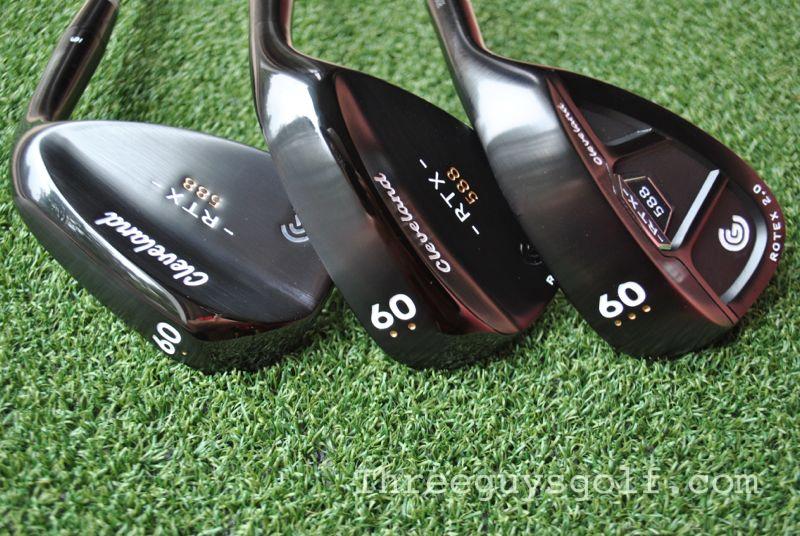
Long ago when hair was large and men wore spandex (that would be the 80s, for you youngsters), Ping founder Karsten Solheim applied his engineering background to club design and quickly realized that square-cut grooves could put more spin on the ball while still abiding by the USGA rules. Depending on who you ask this was either the greatest thing since sliced bread or an unmitigated disaster. The USGA was in the latter camp and they promptly banned the square grooves, effective in 2010 (for those not following the anchored putter kerfuffle, “promptly” has a slightly different meaning when applied to the USGA). This led to 2010 being declared “the year of the wedge”, competitors everywhere had to replace their non-conforming wedges. All was not lost, however, as manufacturers milled, spun, and laser-cut the faces of their wedges to try to return the spin of the old square grooves.
They say confession is good for the soul and I’ve already admitted that I’m old. The wedge that I took out of my bag to make room for the 588 RTX that Cleveland sent me was “non-conforming”. That baby would put gills on a ball in two good swings but I felt like I was getting maximum spin, and I need it. It was also a 56-degree wedge, since I subscribed to the old saw that “an amateur has no business playing a 60 degree wedge.”
I like to say that my game is designed for the links, where you want to keep the ball low and out of the wind and where the punch 8 iron is the epitome of the golf shot. The truth is that I’m a low-spin hitter and the reason I could hit a 60 degree wedge 125 yards is because I hit balls so thin that they could pass through the fringe without disturbing the grass.
As I said, Cleveland has been at this wedge game for a while now and it stands to reason that they’ve learned a thing or two. For this review they sent three 60 degree wedges in high, medium, and low bounce. It’s impossible to write about wedges without writing about bounce, and yet many players don’t know what it is, what it does, or which they should choose. I know, because I was one of those players. Bounce is the foil that lets your wedge glide across whatever surface you’re hitting from. The softer that surface is, the more bounce you need.
If you take a look at your wedges you’ll see that the lowest point on the clubhead is not the leading edge of the club. The sole drops below the leading edge and acts like the rocker on a ski, keeping the leading edge of the club from digging into the turf, or sand, or whatever the ball is sitting on. This works well as long as the bounce of the wedge works with the condition of the surface. Where there’s trouble is when the bounce doesn’t match the surface. Too little bounce and the club digs in, causing fat shots. Too much bounce and it bounces, causing the dreaded thins.
Cleveland denotes the amount of bounce in their wedges with dots on the sole: one dot for low bounce, two for medium, and three for high. In a very nice touch that I’d not seen prior to the Rotex 2.0 version of the 588 RTX wedges, they also stamp the actual bounce on the hosel. That’s helpful if you plan to bend the 588 RTX, as changing the loft will have a corresponding effect on the bounce. Bend your 60 degree, 6 degree bounce wedge to 59 degrees, and now you’re playing a rakishly thin 5 degrees of bounce.
Players after maximum versatility will have different amounts of bounce in different wedges to let them play from a variety of lies. Cleveland also grinds the sole differently for each bounce. By making the sole wider or thinner or altering the trailing edge, the new Rotex 2.0 version of the 588 RTX is tailored even further for the kind of performance that good wedge players look for.
As if that wasn’t enough, Cleveland offers the 588 RTX Rotex 2.0 in two styles – the traditional blade style wedge with a solid club head, and a cavity-backed wedge with an insert to increase distance and move weight to the sole to help the wedge-challenged. My ego wanted to play the low-bounce blade version, but after spending an afternoon at the chipping green with all three of the 588s I bagged the high bounce cavity back for my next round, and I am extremely glad I did.
Over the last month I’ve been spending more time in the sand than Lawrence of Arabia, and the rounds I played while evaluating the 588 RTX Rotex 2.0 were no different. What was different is how easy it suddenly was to get out of the sand. The 14 degrees of bounce in my three-dot 588 RTX made a difference that I could feel in my hands. Where my old (2-dot Cleveland) wedge felt like it was blasting the sand out of traps and taking the ball with it, the three-dot Rotex 2.0 588 felt like a scalpel, neatly slicing through the sand and removing the ball from the trap, with very minimal sand included.
My success in the sand gave me the confidence to hit the 588 RTX in a variety of other situations, where it performed just as admirably. The only trouble I ran into was a tendency to occasionally slip under the ball a little too well, resulting in shots that flew very high but landed very short. And if you land a ball short with the Rotex 2.0 face of the 588 RTX, short is where it will stay. The new Rotex 2.0 face delivered excellent spin even in my hands. I don’t spin my wedges back, but shots with the 588 RTX checked up far more quickly than I expected, almost regardless of the ball I was using.
As expected tour performance balls gave the best results, but my favorite low-compression balls took one hop and stopped, even from green side bunkers, and even rock-hard distance balls checked visibly on landing and rolled about half as far as I expected based on my old wedge.
While I am hardly one to follow the latest fashion trends, I do subscribe to the thought that you can never go wrong with black. Sure I live in the land of Carolina Blue, but somethings (like my high school tux) are better off sans color. Unlike most wedges that are buffed out to a shiny finish the Cleveland RTX are matte black. Beyond aesthetics, the biggest advantage is that they are non-reflective, meaning you won’t blind yourself with the glare from the face – an important consideration for wedges, since their higher lofts and open faces make them more prone to reflection.
However, I did note that the coating is also not impervious to harm. I’ve hit mine out of lots of bunkers and the sole is getting a bit shiny. Personally, this does not bother me as I think it gives the club character (and the sole doesn’t distract me when I’m addressing the ball). Still, I was a bit surprised how easily the club started to show wear. Finally, I wanted to get some feedback from a lower handicap player since these wedges are clearly built to perform at the highest level. Thankfully, my regular playing partner fits that bill and offered this comment after working with the 2-dot, 10 degree bounce version:
There are guys who think that new clubs will improve their game. You know that I’m superstitious about not changing my clubs, I always think that it’s all psychological, but after playing with this club I think that new wedges will definitely help my game.
And putting his money where his mouth is, he’s planning to order a set of the 588 RTX Rotex 2.0 wedges as soon as they’re available. As for me, the high bounce cavity back version of the 588 RTX has found a home in my bag. If I’m going into the hot and sandy wasteland, I feel a lot better with the Rotex 2.0 588 RTX at my side.
You can learn more on the Cleveland website


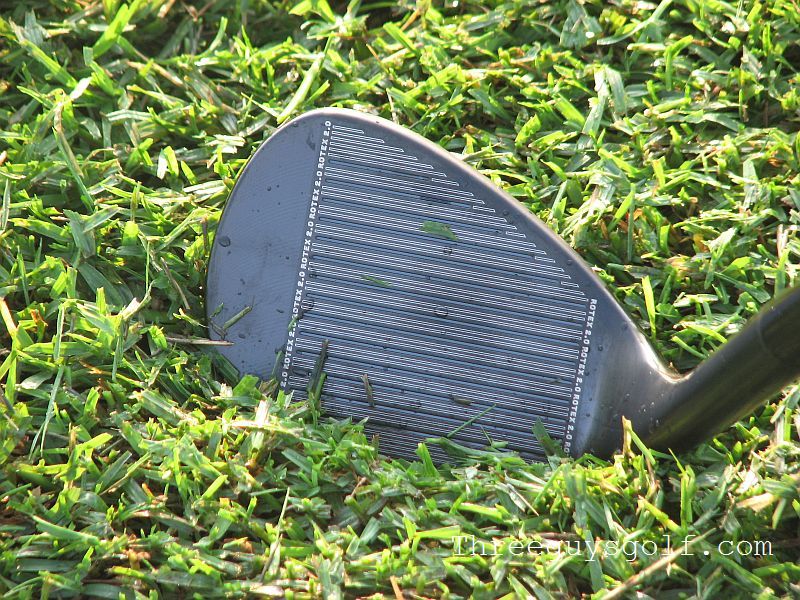

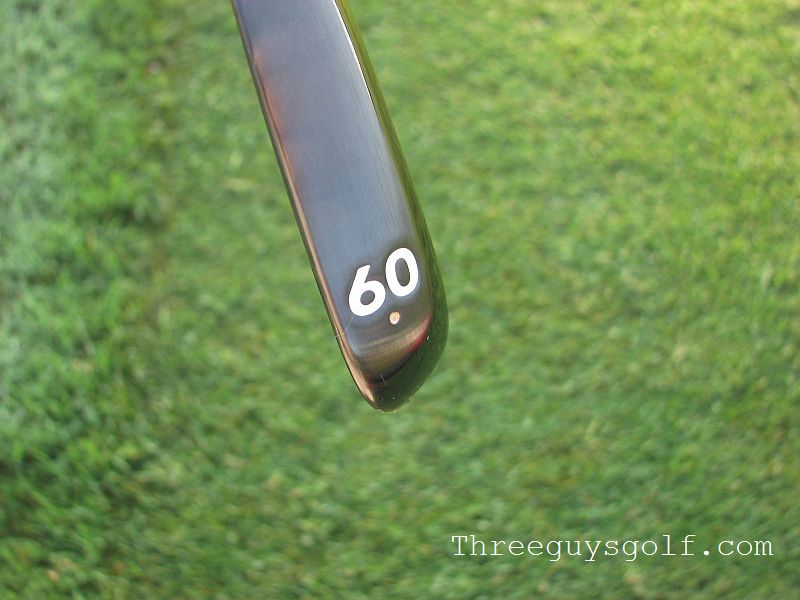
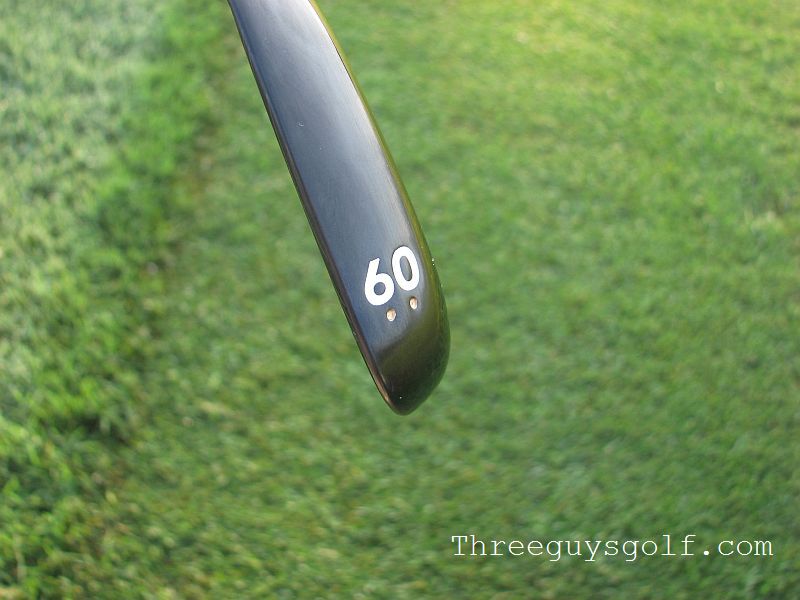
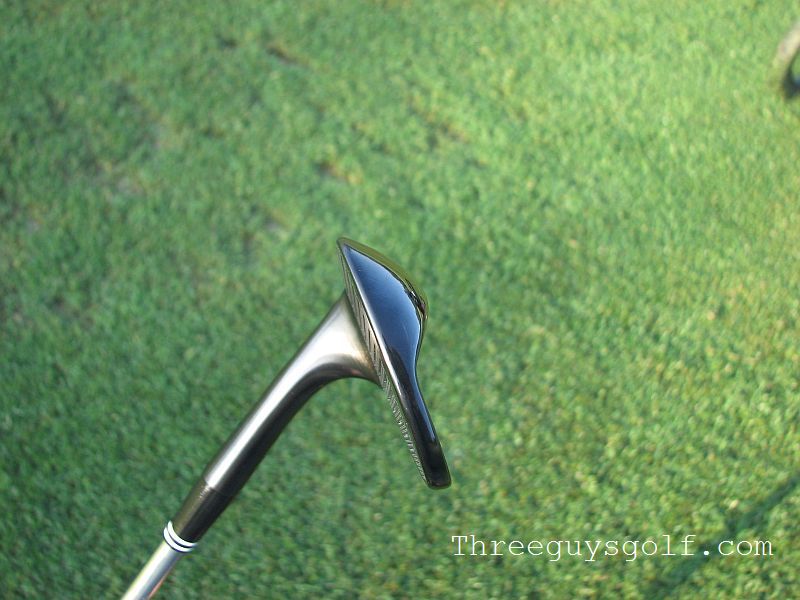
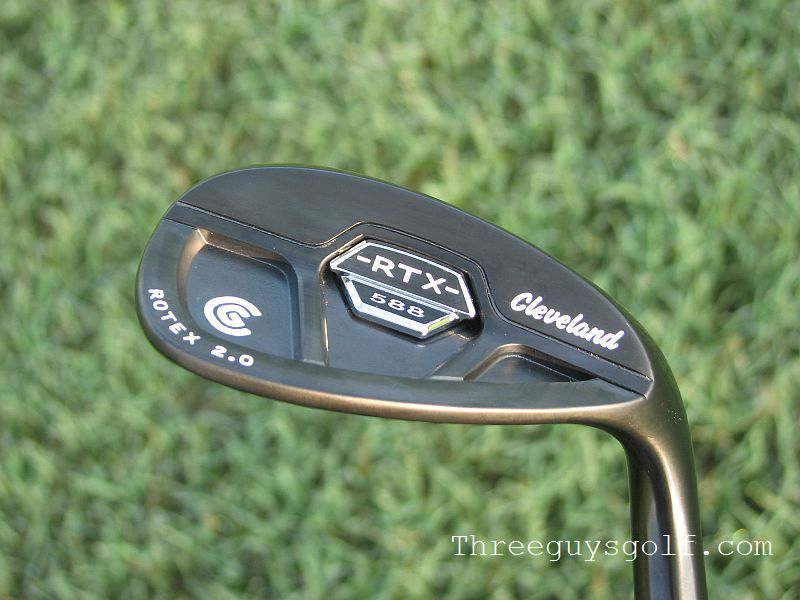
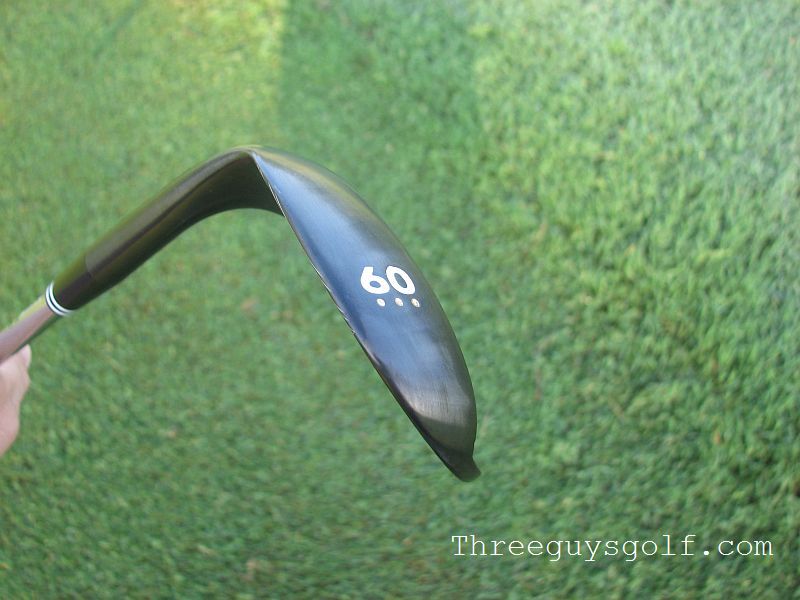
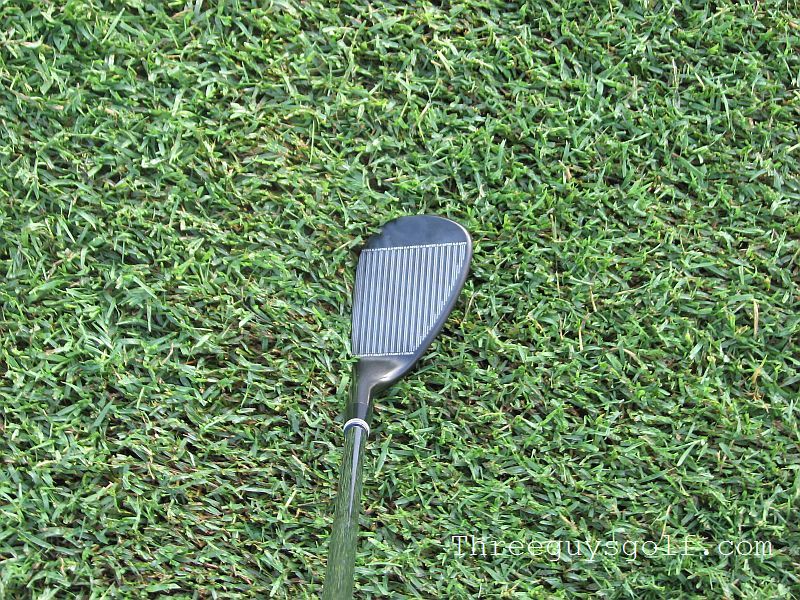
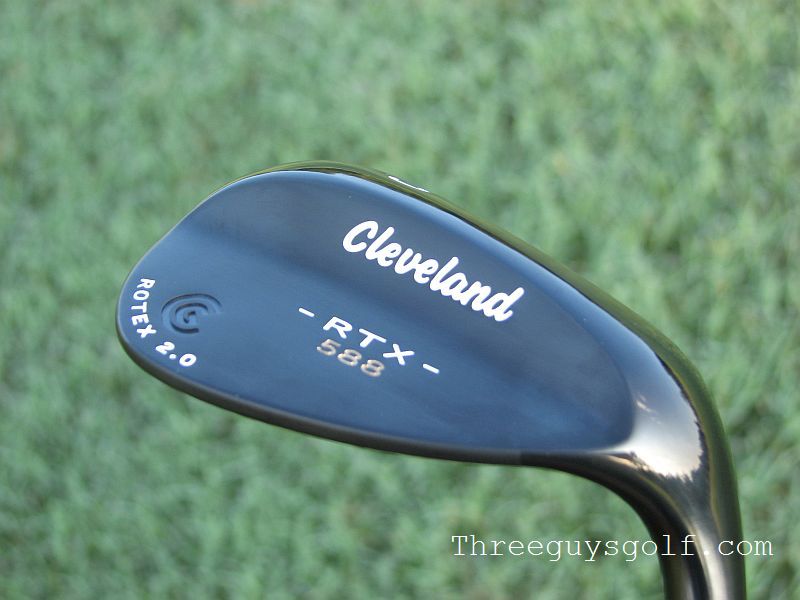
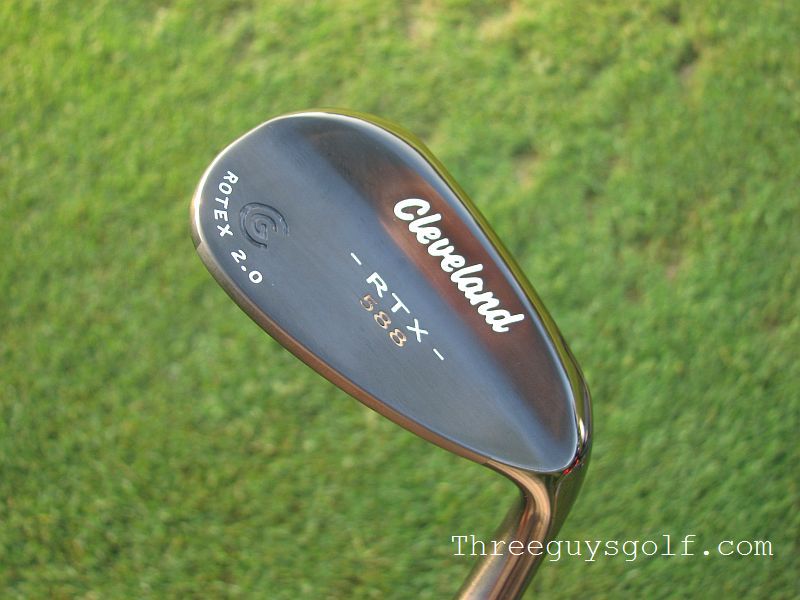
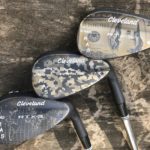
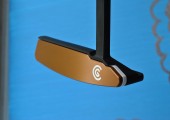
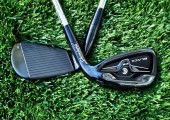
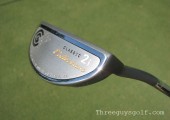
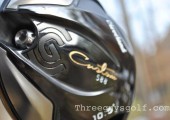

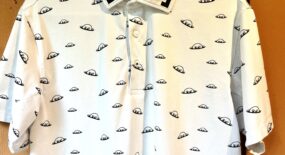
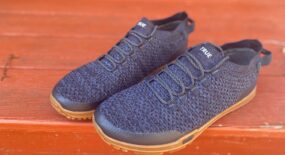

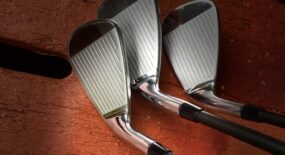
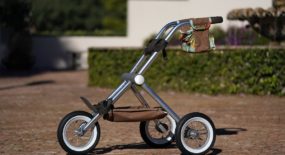
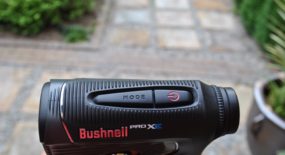
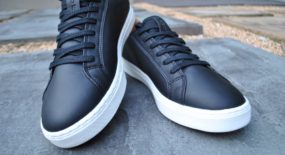

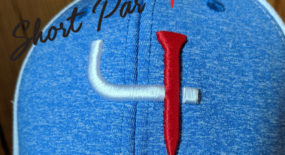
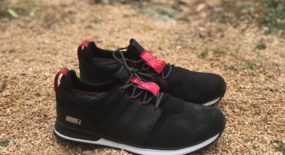
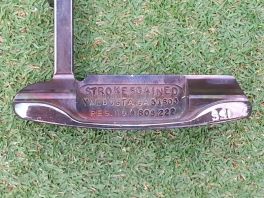
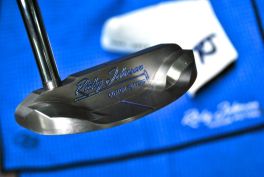
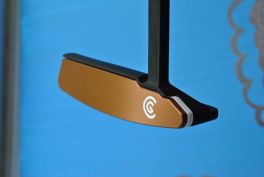
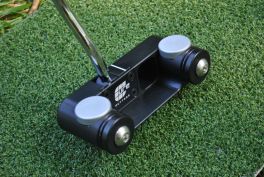
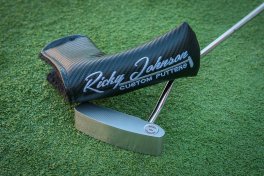
The Cleveland Rotex wedges are simply the best. I won’t now be without them.
Do you know what kind of shafts these wedge heads take? .355 or .370? Tapered or parallel?
According to Cleveland Golf the 588 RTX 2.0 are all .355 taper tips.
Great review! Just got the RTX 2.0 on sale. 52.10, 58.12 64.08. The bounce on 58 feels comparable to my old 56.14 with those illegal zip groves. What gives? Also, any tips on how to hit that 20-30 yard Mickelson flop shot around the greens consistently with the 64.08? Too much variation for me. I think it has more to do with the rough. I suspect Phil only attempts it when the lie and grass is ideal?
If I knew how to hit that shot I would be on tour. I actually rarely hit a 60 degree…get it on the ground quick is my approach.